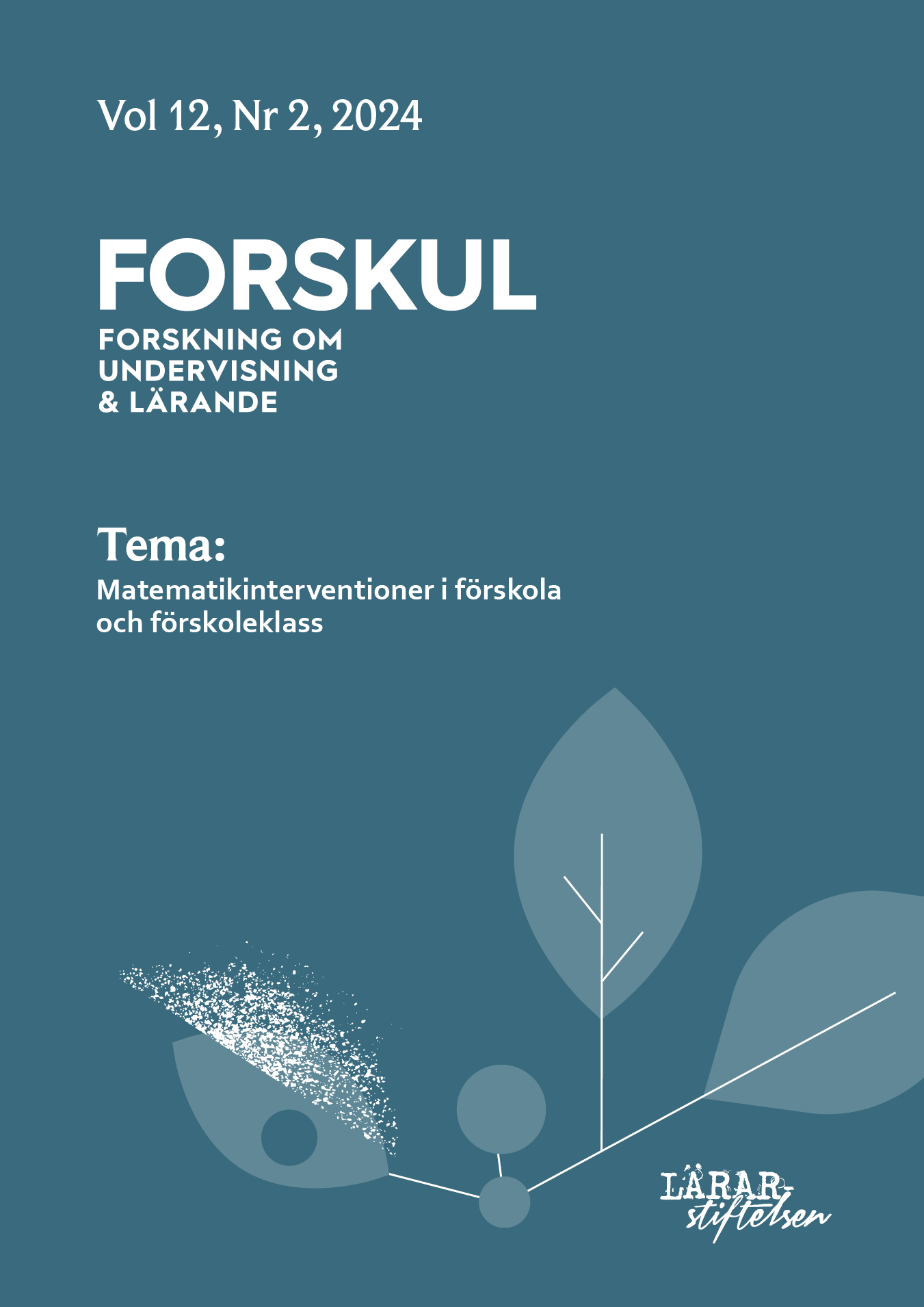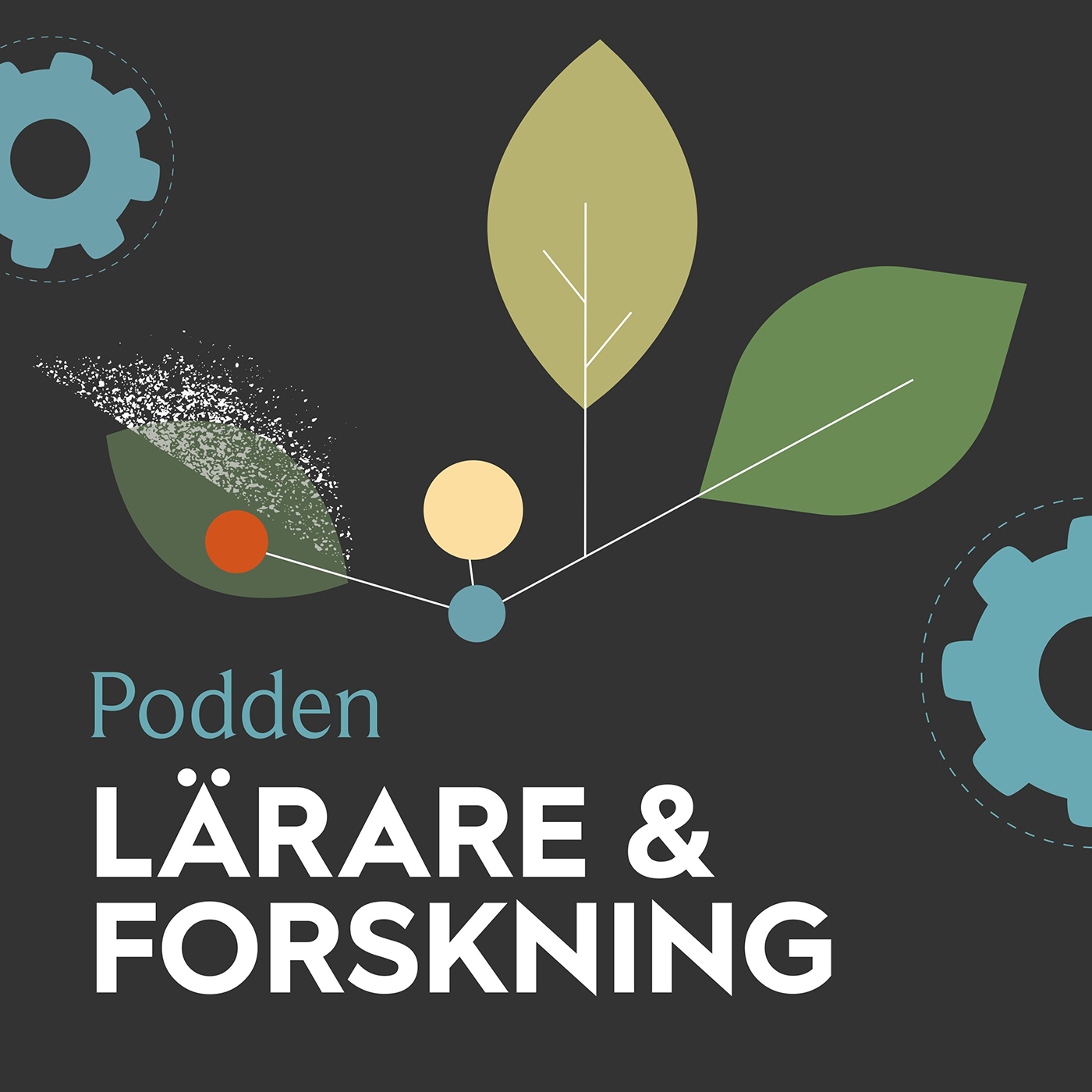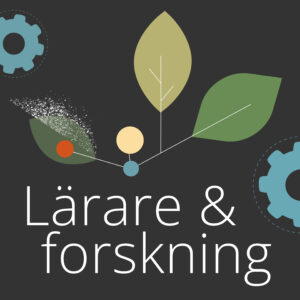Förskoleklasselevers användning av talstrukturer
DOI:
https://doi.org/10.61998/forskul.v12i2.23890Nyckelord:
talstrukturer, interventioner, förskoleklass, elevintervjuerAbstract
I artikeln presenteras och diskuteras förskoleklasselevers förmåga att se och använda talstrukturer för att bestämma antal, samt hur förmågan utvecklas efter att de deltagit i interventioner under ett läsår. Totalt intervjuades 361 elever som deltagit i interventionerna alternativt i vanlig förskoleklassundervisning. Intervjuerna gjordes under tidig hösttermin samt vid förskoleklassårets slut. En specifik uppgift innehållande ett spatialt mönster i intervjumaterialet utgör underlag för att synliggöra hur eleverna erfar och använder talstrukturer, både kvantitativt och kvalitativt. Analysen tar vidare avstamp i en variationsteoretisk syn på lärande, där sättet att erfara ett fenomen, i detta fall tal och strukturer så som de framträder i en figur ordnad i ett spatialt mönster, har betydelse för vad eleven kan göra med tal, till exempel på vilket sätt man kan bestämma antal. Särskilt diskuteras vilka implikationer resultaten har för utvecklingen av matematikundervisning i förskoleklass och elevers fortsatta aritmetiklärande.
Developing mathematics education contributing to equity in preschool class
In the article, we present and discuss preschool class students’ ability to see and use number structures to determine number and how this ability develops after participating in interventions during one academic year. A total of 361 students who participated in the interventions or in regular preschool class teaching were interviewed early in the autumn term and at the end of the preschool class year. One task containing a spatial pattern in the interview material forms the basis for identifying how students experience and use number structures, quantitatively and qualitatively. The analysis is further based on a variation theory view of learning, where the way of experiencing a phenomenon, in this case numbers and structures as they appear in a figure arranged in a spatial pattern, has significance for what the student can do with numbers, e.g., how to determine numbers. In particular, implications of the results for developing mathematics teaching in preschool class and students continued arithmetic learning are discussed.
Referenser
Baroody, A. J. (1987). Children’s mathematical thinking. Teachers College.
Baroody, A. J. (2016). Curricular approaches to connecting subtraction to addition and fostering fluency with basic differences in grade 1. PNA, 10(3), 161–190.
Benz, C. (2013). Identifying quantities—Children’s constructions to compose collections from parts or decompose collections into parts. I U. Kortenkamp, B. Brandt, C. Benz, G. Krummheuer, S. Ladel & R. Vogel (Red.), Early mathematics learning. Selected papers of the POEM 2012 conference (s. 189–203). Springer.
Björklund, C., Marton, F. & Kullberg, A. (2021). What is to be learnt? Critical aspects of elementary arithmetic skills. Educational Studies in Mathematics, 107(2), 261–284. https://doi.org/10.1007/s10649-021-10045-0
Clements, D., Sarama, J. & MacDonald, B. L. (2019). Subitizing: The neglected quantifier. In A. Norton & M. W. Alibali (Red.), Constructing number. Research in mathematics education (s. 13–45). Springer. https://doi.org/10.1007/978-3-030-00491-0_2
Clements, D. & Sarama, J. (2021). Learning and teaching early math. The learning trajectories approach (3 uppl.). Routledge.
Cobb, P., Boufi, A., McClain, K. & Whitenack, J. (1997). Reflective discourse and collective reflection. Journal for Research in Mathematics Education, 28(3), 258–277. https://doi.org/10.2307/749781
Davydov, V. V. (1982). The psychological characteristics of the formation of elementary mathematical operations in children. I T. P. Carpenter, J. M. Moser & T. A. Romberg (Red.), Addition and subtraction: A cognitive perspective (s. 224–238). Lawrence Erlbaum.
Davydov, V. V., Gorbov, S., Mukulina, T., Savelyeva, M. & Tabachnikova, N. (1999). Mathematics. Moscow Press.
Fuson, K. (1992). Research on whole number addition and subtraction. I D. Grouws (Red.), Handbook of research on mathematics teaching and learning (s. 243–275). Macmillan Library Reference.
Hunting, R. P. (2003). Part-whole number knowledge in preschool children. Journal of Mathematical Behaviour, 22(3), 217–235.
Kaufman, E. L., Lord, M. W., Reese, T. W. & Volkmann, J. (1949). The discrimination of visual number. American Journal of Psychology, 62, 498–525.
Kullberg, A., Björklund, C., Brkovic, I. & Runesson Kempe, U. (2020). Effects of learning addition and subtraction in preschool by making the first ten numbers and their relations visible with finger patterns. Educational Studies in Mathematics, 103(2), 157–172. https://doi.org/10.1007/s10649-019-09927-1
Marton, F. (2015). Necessary conditions of learning. Routledge.
Marton, F. & Booth, S. (1997). Learning and awareness. Lawrence Erlbaum.
Marton, F. & Pong, W. Y. (2005). On the unit of description in phenomenography. Higher Education Research & Development, 24(4), 335–348. https://doi.org/10.1080/07294360500284706
Mandler, G. & Shebo, B. J. (1982). Subitizing: An analysis of its component processes. Journal of Experimental Psychology: General, 111(1), 1–22.
Mulligan, J. & Mitchelmore, M. (2016). Pattern and structure mathematics awareness program (PASMAP): Book one - foundation and year 1. Australian Council for Educational Research.
Mulligan, J. & Mitchelmore, M. (2009). Awareness of pattern and structure in early mathematical development. Mathematics Education Research Journal, 21(2), 33–49.
Mulligan, J., Mitchelmore M. & Stephanou A. (2015). PASA response booklet 2. Australian Council for Educational Research.
Neuman, D. (2013). Att ändra arbetssätt och kultur inom den inledande aritmetikundervisningen. Nordic Studies in Mathematics Education, 18(2), 3–46.
Paliwal, V. & Baroody, A. J. (2020). Cardinality principle understanding: the role of focusing on the subitizing ability. ZDM Mathematics Education, 52(4), 649–661. https://doi.org/10.1007/s11858-020-01150-0
Schöner, P. & Benz, C. (2018). Visual structuring processes of children when determining the cardinality of sets—The contribution of eye-tracking. I C. Benz, H. Gasteiger, A. S. Steinweg, P. Schöner, H. Vollmuth & J. Zöllner (Red.), Early mathematics learning— Selected papers from the POEM Conference 2016 (s. 123–143). Springer.
Sprenger, P. & Benz, C. (2020). Children’s perception of structures when determining cardinality of sets—results of an eye‑tracking study with 5‑year‑old children. ZDM Mathematics Education, 52(4), 753–765. https://doi.org/10.1007/s11858-020-01137-x
Steffe, L. P. (1991). Operations that generate quantity. Learning and individual differences, 3(1), 61–82.
Venkat, H., Askew, M., Watson, A. & Mason, J. (2019). Architecture of mathematical structure. For the Learning of Mathematics, 39(1), 13–17.
von Glasersfeld, E. (1982). Subitizing: The role of figural patterns in the development of numerical concepts. Archives de Psychologie, 50, 191–218.
Wynn, K. (1998). Psychological foundations of number: Numerical competence in human infants. Trends in Cognitive Sciences, 2(8), 296–303.
Publicerad
Referera så här
Nummer
Sektion
Kategorier
Licens
Copyright (c) 2024 Camilla Björklund, Jessica Elofsson, Angelika Kullberg, Anna-Lena Ekdahl, Ulla Runesson Kempe, Maria Alkhede

Det här verket är licensierat under en Creative Commons Erkännande 4.0 Internationell-licens.
Författare till innehåll publicerat i Forskul behåller upphovsrätten till sina verk. Artiklar publiceras under villkoren i en Creative Commons-licens CC BY, som tillåter användning, nedladdning, distribution, länkning till och reproduktion i vilket medium som helst, förutsatt att originalverket är korrekt citerat.






